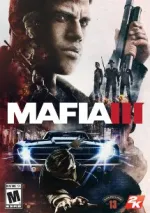Mafia III Review
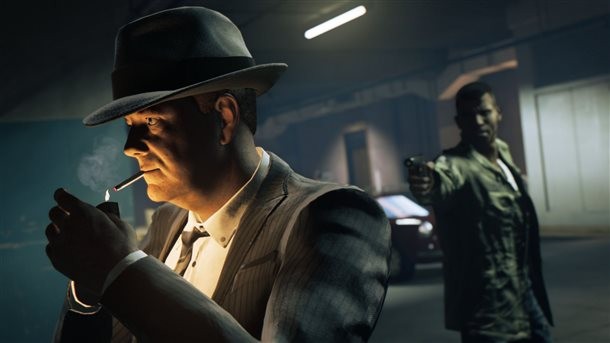
Mafia III is a fascinating period-piece game set in 1968, a year
often cited as one of the most turbulent times in American history. The
Vietnam War, the assassinations of Martin Luther King Jr. and Robert F.
Kennedy, the civil-rights movement, the women’s-rights movement, rioting
in more than 100 cities – many of these historical moments are used to
shape Mafia III’s world, even though it takes place in a fictional
version of New Orleans called New Bordeaux. Developer Hangar 13 doesn’t
shy away from the controversial content, and instead shines a spotlight
on it, giving gamers an intimate look at an unstable Deep South, where
racism and a tense feeling of hatred are ever present.
There is
no tactful way to handle racism – it’s always ugly – and it’s ugly in
this game as well. Hangar 13 wants players to feel the full effect of
it, and that message is delivered loud and clear in Mafia III, seen from
the eyes of Lincoln Clay, a biracial character who we meet moments
after he returns from the Vietnam War. Although Clay served his country,
he isn’t seen as a hero or a person deserving respect. He is instead
viewed suspiciously; women clutch their purses around him and tell him
to walk on the other side of the street. He’s also called the n-word
repeatedly. Finding yourself standing in a world that has an
institutional bias against you is uncomfortable, and I think Hangar 13
does an admirable job of trying to make players think about these
issues. They are constants for the 30-plus hours it takes to complete
the game. However, what begins as a unique and powerful backdrop for a
game quickly becomes a typical revenge story that could unfold anywhere
with anyone standing in as the protagonist.

The
first two hours of Mafia III are special – a linear narrative with
teeth destined to tackle the issues of the day head-on. The events are
told through alternating timelines; one following Clay’s exploits,
another set years later through the lens of a faux-documentary told from
the perspectives of people who witnessed the events firsthand. As
predictable as this journey becomes, the writing is top notch and is
used to paint a wonderful cast of characters, who are sadly lost amid
the bloodshed and one-note narrative approach that becomes the central
focus.
The trouble for Clay begins when he agrees to help the
Italian Mob rob a bank. The elaborate operation is cool to be a part of
and pays off handsomely in the end. The Italians get a huge cut, and
Clay gets enough to take care of him and his family for life. It’s a
moment to celebrate – a beautiful sequence – that ends in disaster. The
Italians had no intention of giving Clay or his people anything; they
were viewed as disposable parts of this job. Clay, his surrogate father,
and everyone he loved are mowed down. Clay takes a bullet to the head,
but somehow survives. From the moment he awakens, he wants nothing but
revenge. It’s a powerful motivator, but ends up dominating the remainder
of the story, and is told in a way where we don’t learn much more about
Clay until the end of the game. He becomes a faceless drone focused
solely on bloodshed.
Clay wants to make the head of the Italian
Mob, Sal Marcano, feel a great sense of loss. To accomplish this feat,
he needs to take down Marcano’s operations piece by piece. This is where
Mafia III falls apart, and not just narratively. Players are subjected
to an open-world gameplay design that favors repetition above anything
else. The world itself is vividly realized, and fun to soak in – whether
it’s the gator-infested swamps, or streets filled with drunkards during
a Mardi Gras celebration – but there isn’t much to do other than
approach a racket (usually consisting of a handful of enemies and
something to destroy) and take care of business. The rackets range from
drug trafficking and money laundering to, well, the Klan auctioning off
people of color. No matter what racket you gun for, they all play out
the same way – kill everyone. Even when tasked to interrogate the
target, the best approach is to gun them down, so they take a knee and
can’t flee. These rackets fall quickly, but to reach the boss at the top
of their respective food chain, you need to whittle away at their
operations, and that process grows duller as the game unfolds.

These
actions legitimately feel like work at times, and there’s the
oft-chance that two consecutive racket missions may take place in the
same location, with the same enemy formations. Clay’s approach to these
situations is crude and simple: sneak in, knife or knock out as many
people as possible (through solid stealth controls), and bring out the
guns should they see you. Despite the targeting reticle being the size
of a beach ball (making headshots dubious at times), the gunplay is fun
and intense. Enemy A.I. is fairly easy to exploit, but they also don’t
miss and can put you on the brink of death in a second. The thrills,
which could have been large, are sapped by the repetition of scenario
designs. All of the rackets bleed together into one long, nightmarish
mission that appears to be here just to halt story progress. Even the
divvying up of funds to mob bosses to earn character-based benefits, such
as extra health bars or explosives at the store, falls apart as the game
unfolds.
The Mafia games of old were criticized for barren open
worlds, and the rackets seem like a response to that, but they only slow
the experience down to an uneventful crawl. The only missions that
truly shine are the story-intensive ones centered on taking down
Marcano’s top lieutenants. A boxing match is used in a clever way (and
has an awesome outcome), and LSD is used to hilarious effect at the wake
of one of Marcano’s men. Mafia III is at its best when its focus is on
linear gameplay design – like the previous two games.
The open world is mostly wasted. Driving
is often used to shuttle Clay from location to location (thanks largely
to the game NOT having fast travel). The best diversion is breaking into
people’s homes to steal an album or an issue of Playboy, Hot Rod, or Repent Magazine. The Playboys
are actual issues from the 1960s, and feature small samplings of the
content. Yes, that mostly means nudie pictures, but you also get
articles, such as a 14-page interview with Eldridge Cleaver, the leader
of the Black Panthers. I sadly learned more about the time through Playboy than the game’s story.
Mafia
III is a missed opportunity to explore an important time in American
history, and ends up being one of the most lifeless and
one-note open-world experiences I’ve come across. You can see the
potential for a great game here, but it sticks to safe and simple
gameplay and storytelling conventions, and ends up being a bloody bore.
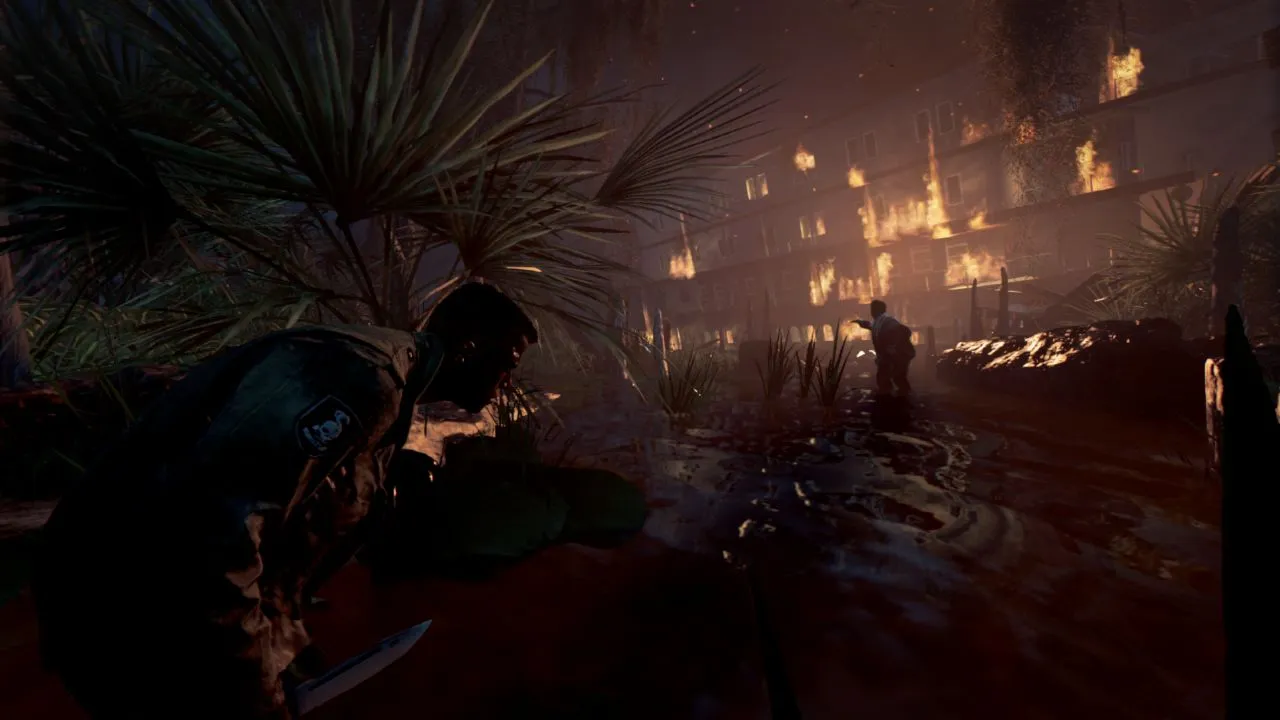
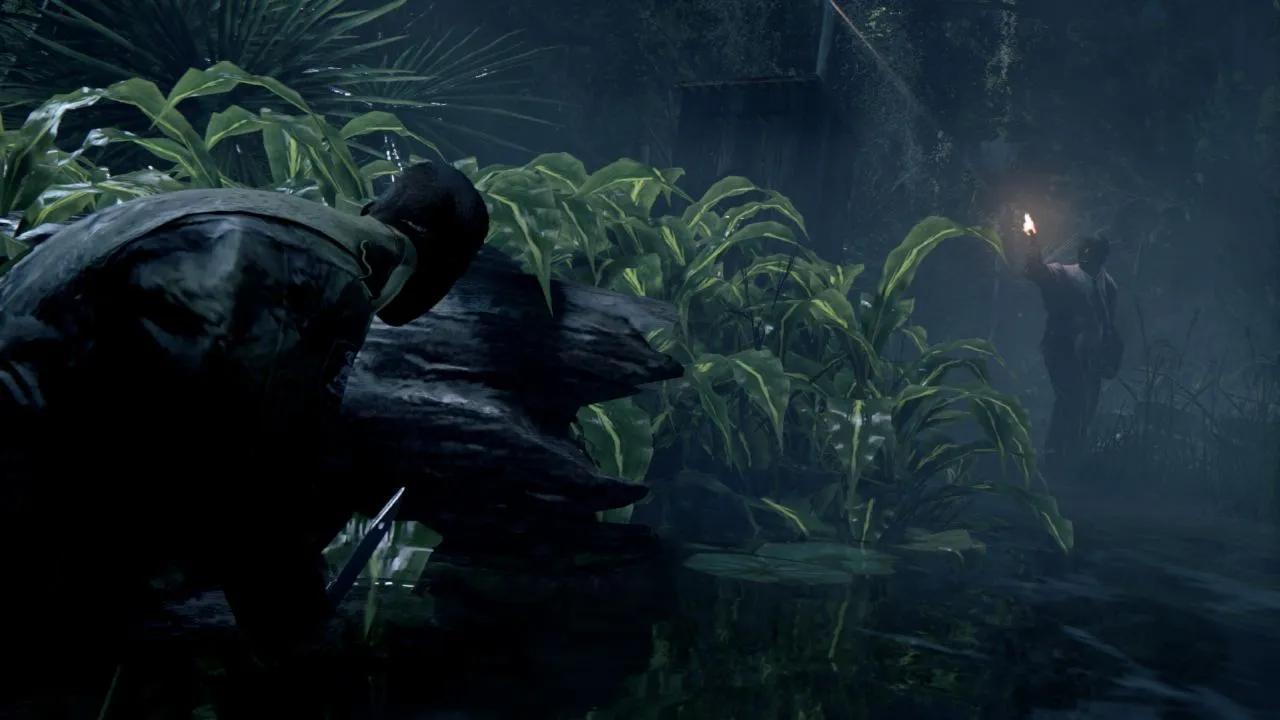
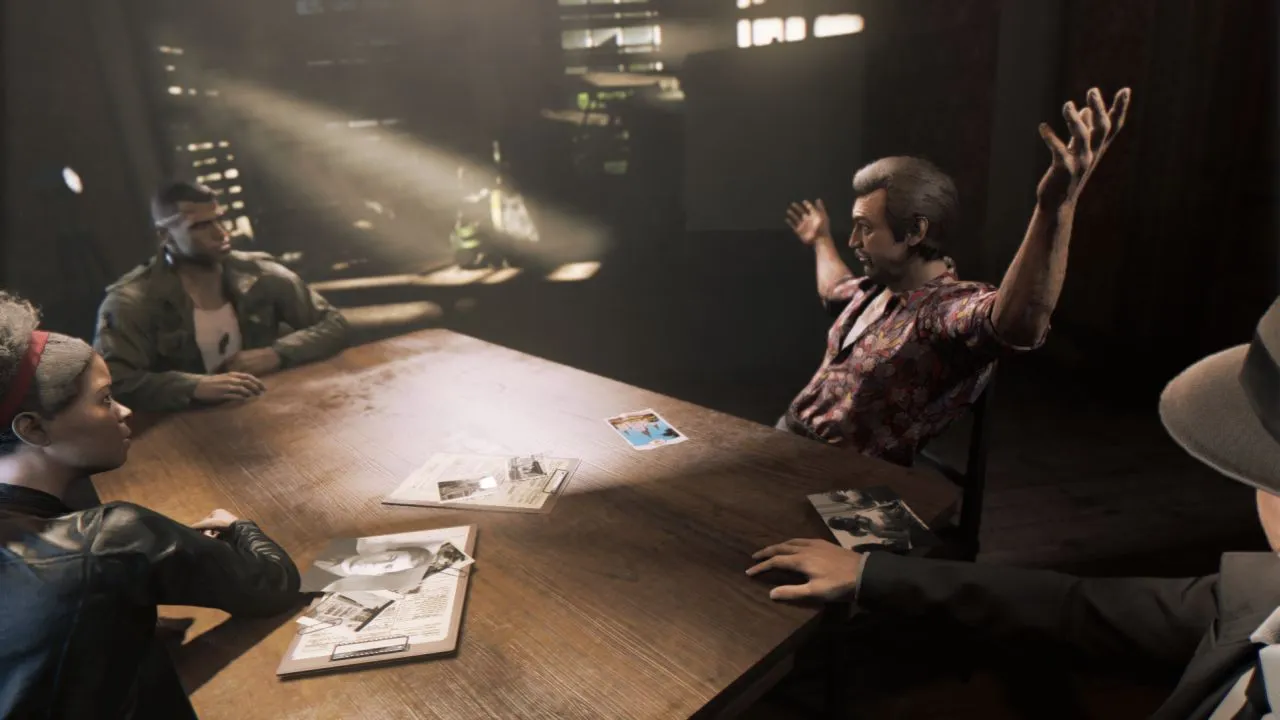
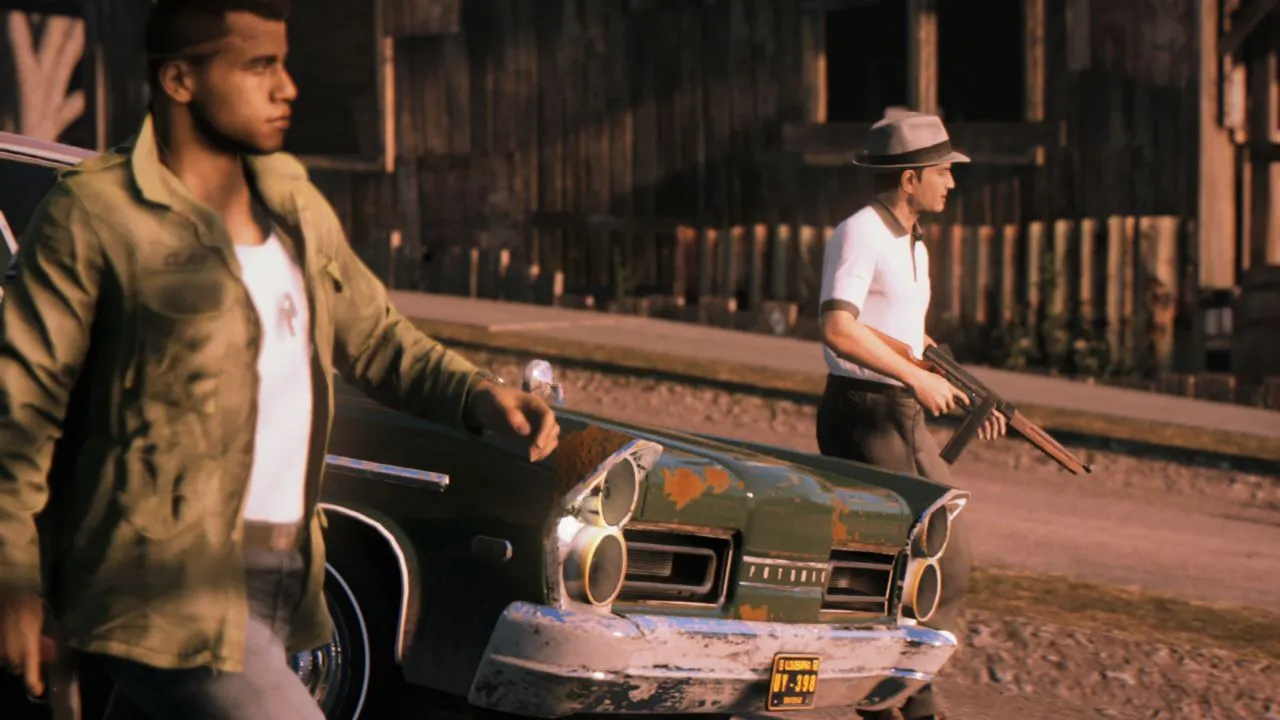
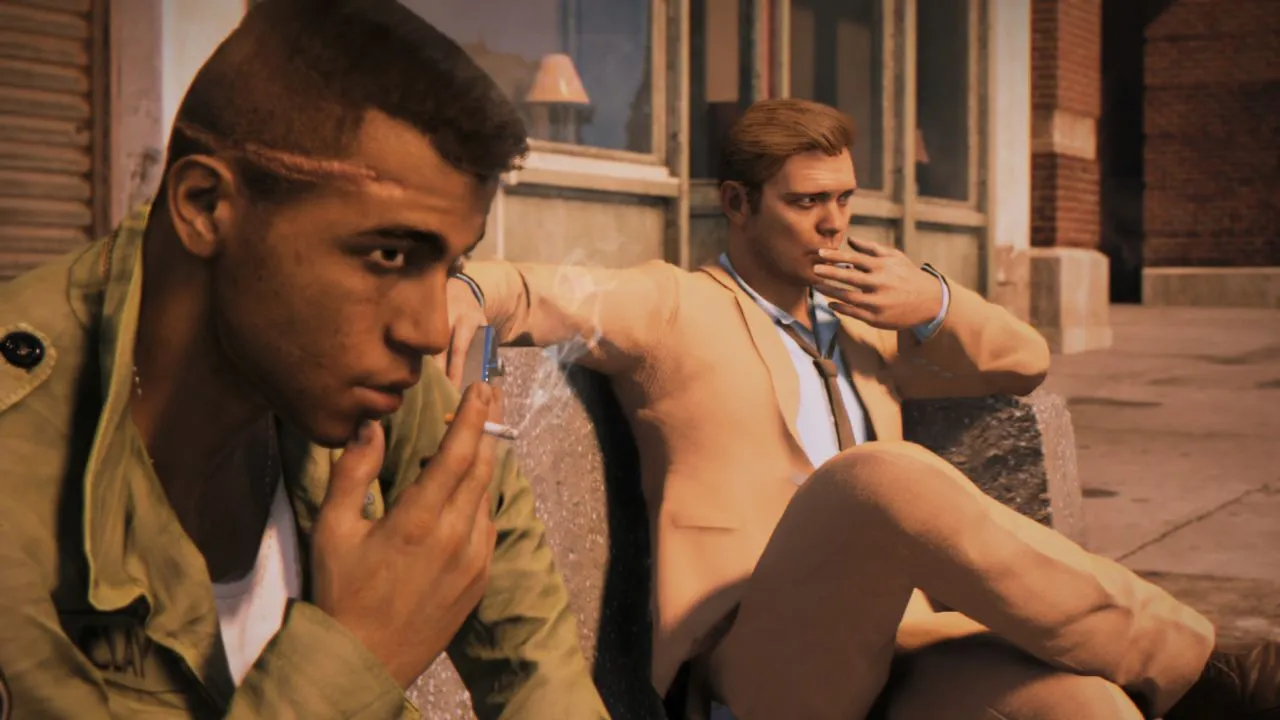
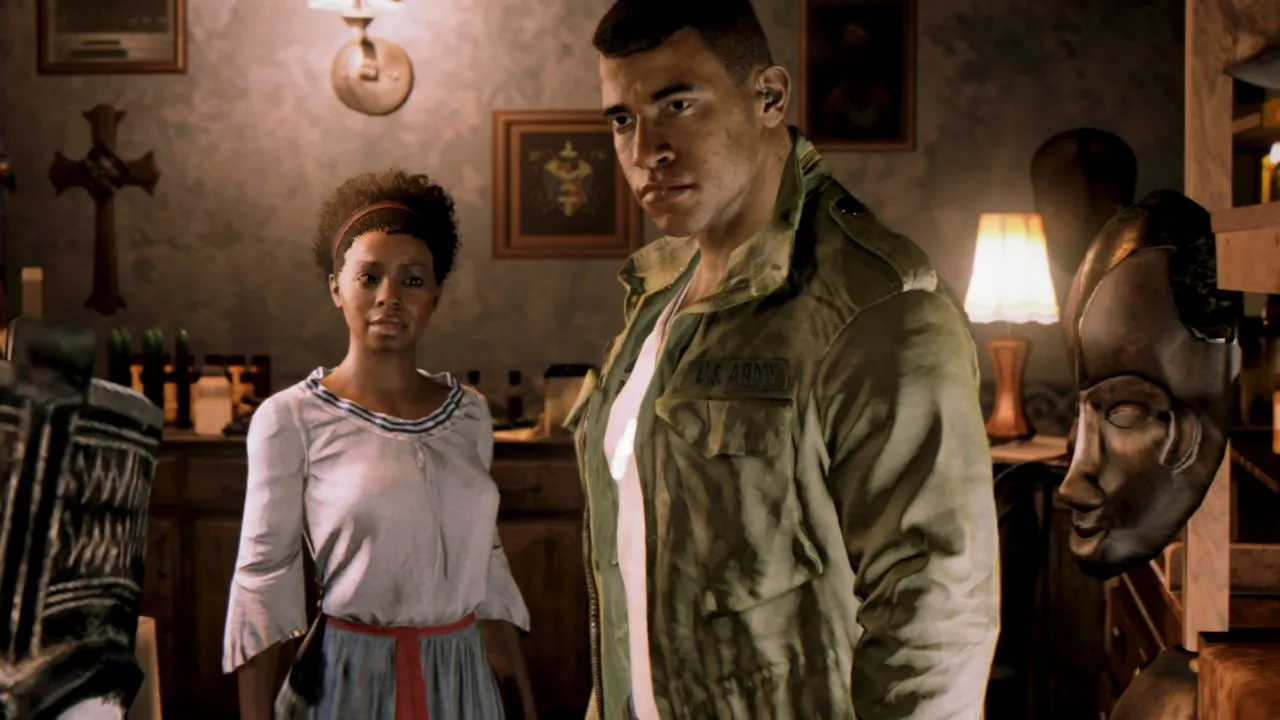
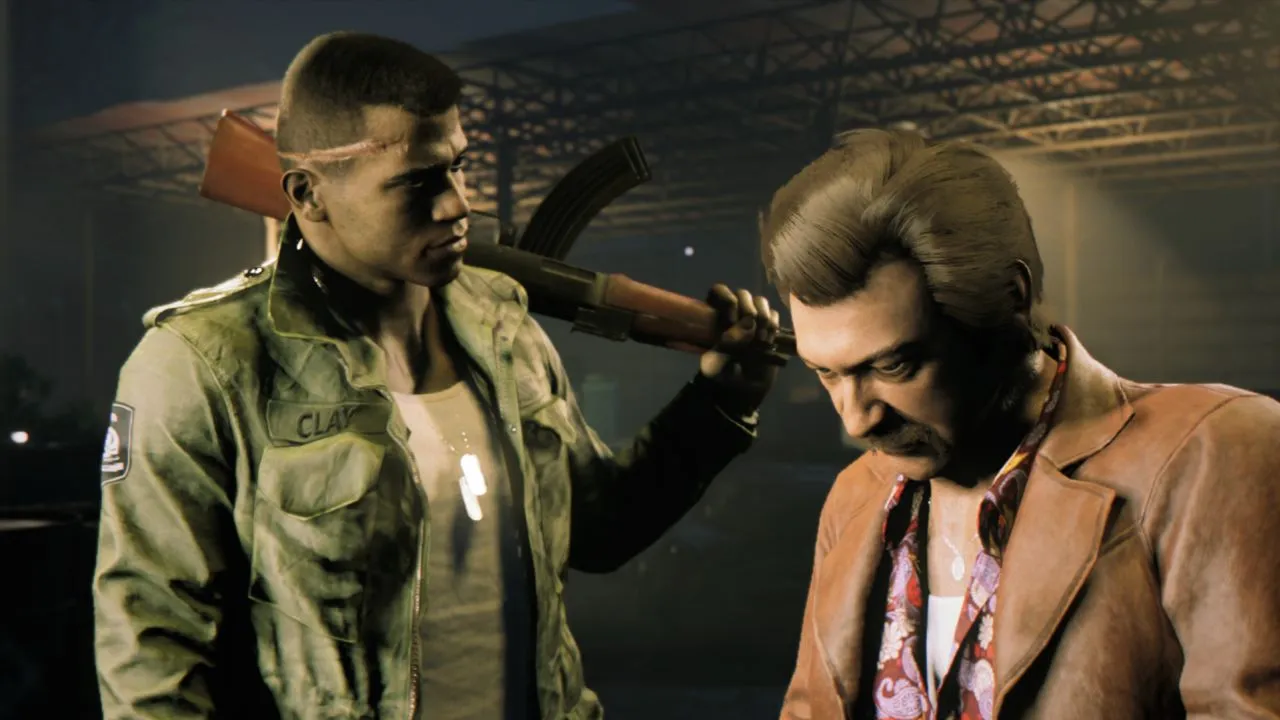
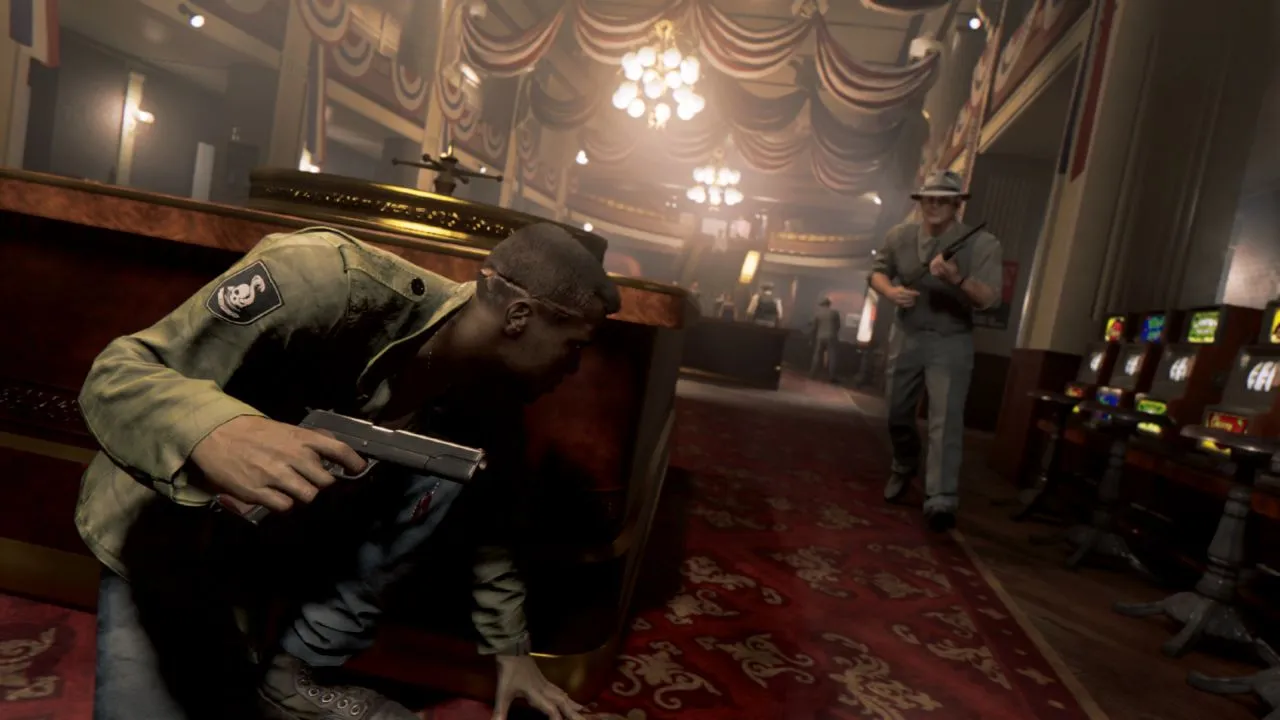
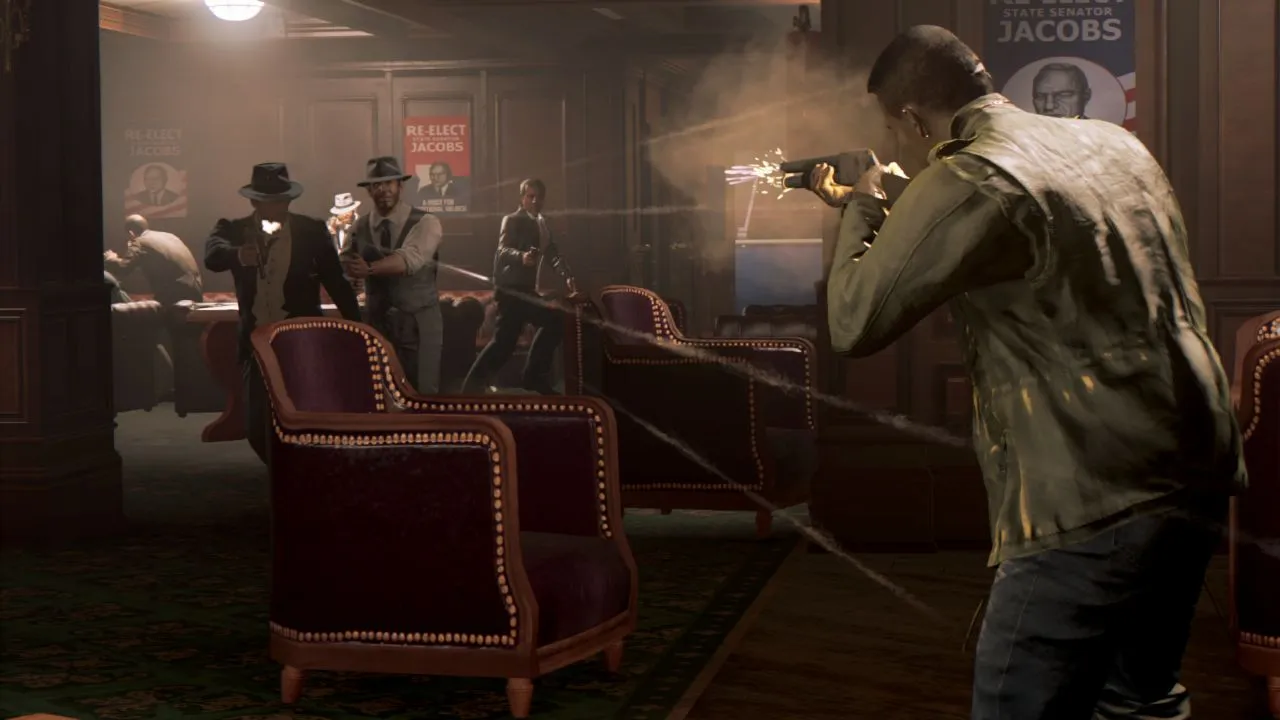
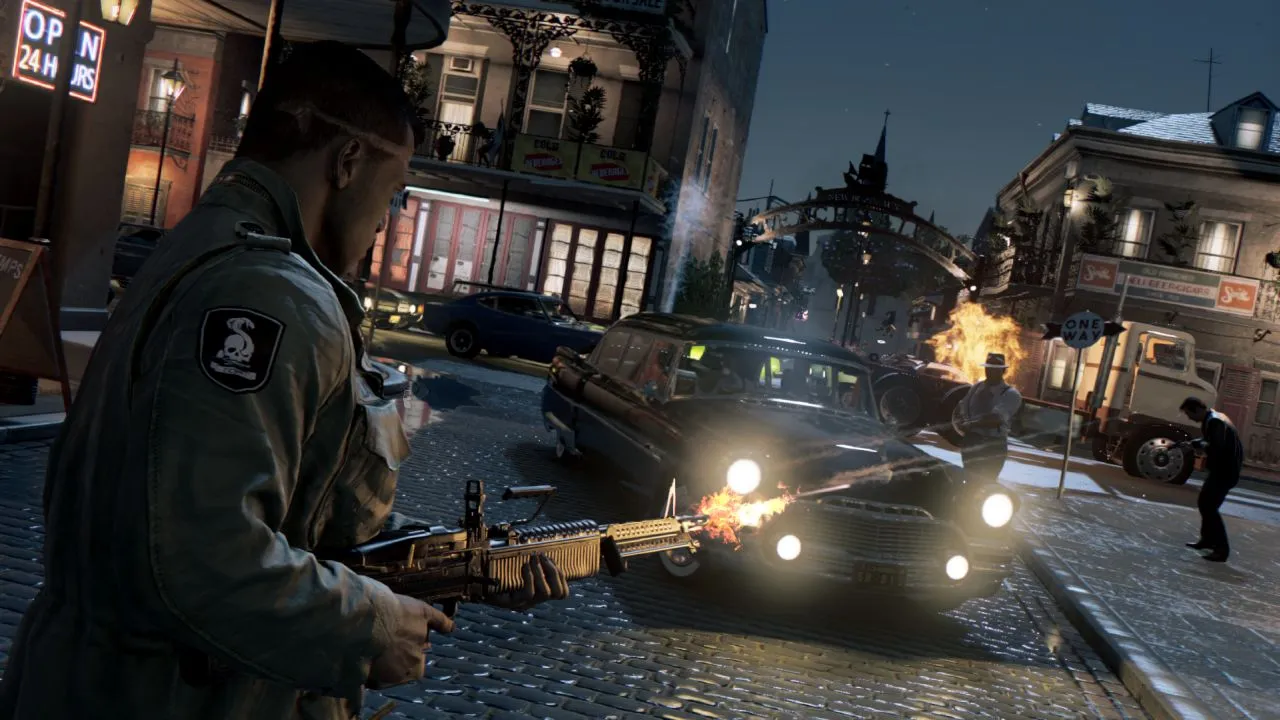
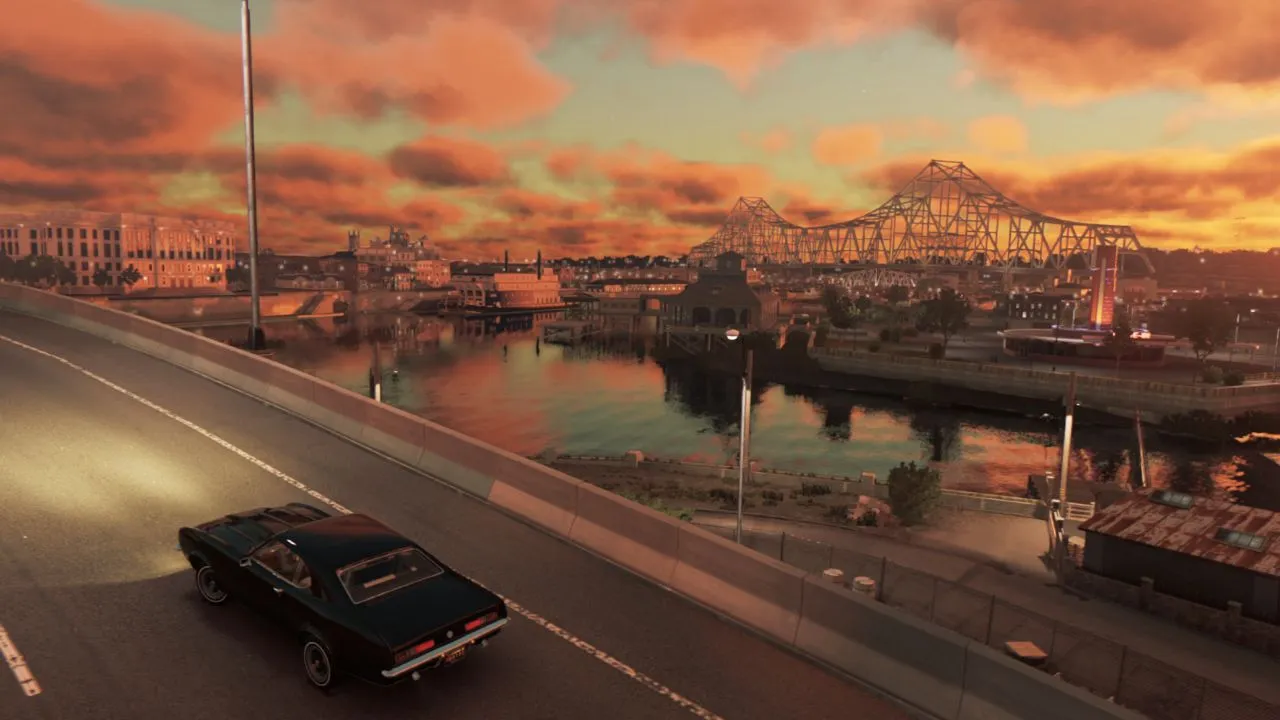
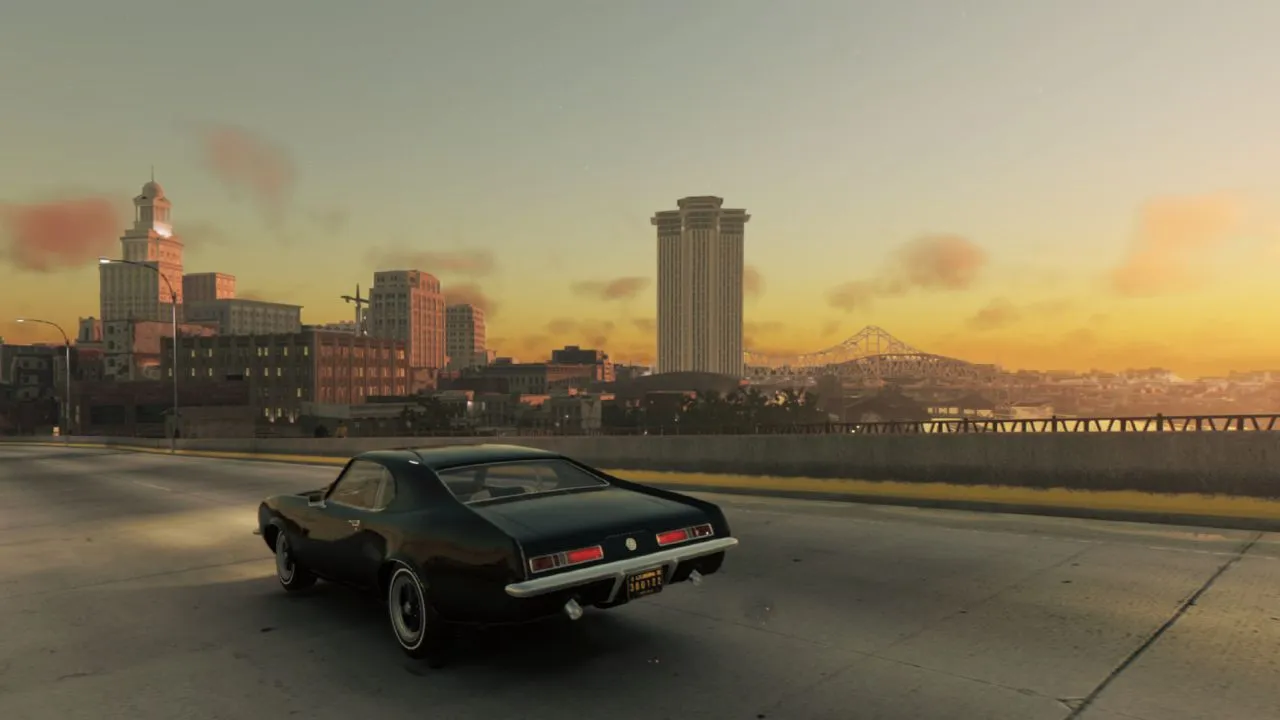

Get the Game Informer Print Edition!
Explore your favorite games in premium print format, delivered to your door.
- 10 issues per year
- Only $4.80 per issue
- Full digital magazine archive access
- Since 1991
